Search
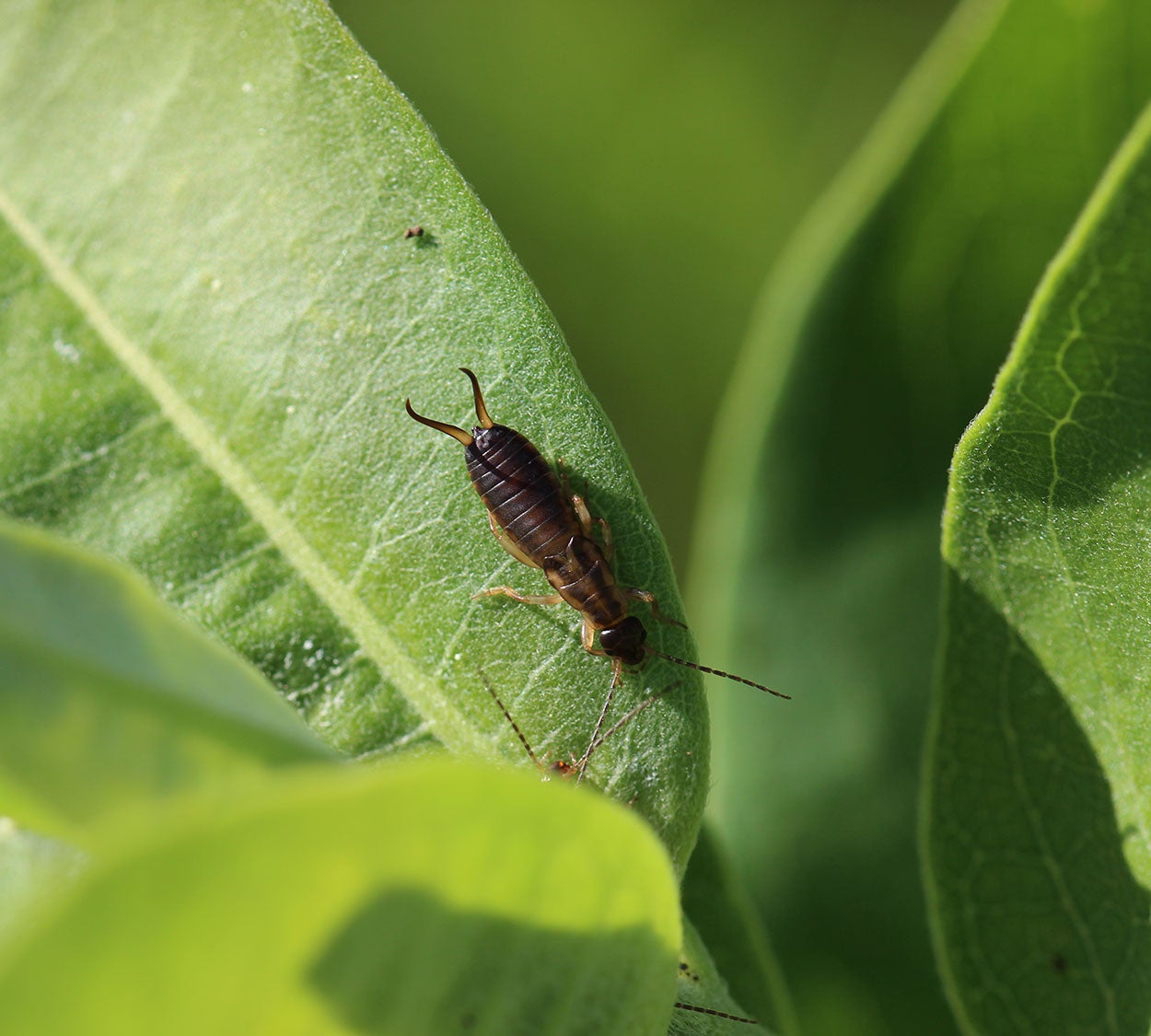
An identification guide for Home and Building Arthropod Pests - Insects, Spiders and Other Invaders in South Dakota
Identification guide to assist with identification and management of home and building arthropod pests (insects, spiders and other invaders).
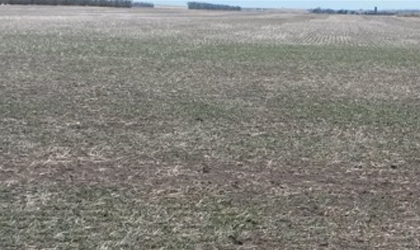
What Makes Winter Wheat a “Winter Wheat”?
For most of us wheat is wheat; however there is a distinct difference between spring and winter wheat, even though the vegetative characteristics of these two wheat types are very similar. Winter wheat can withstand freezing temperatures for extended periods of time during the early vegetative stage and requires exposure to freezing or near freezing temperature to trigger reproductive stage. In other words, if winter wheat does not go through a period of cold temperatures, then it will not produce seed. Two things needed for winter wheat to perform at optimally and produce good yields are- cold acclimation and vernalization.
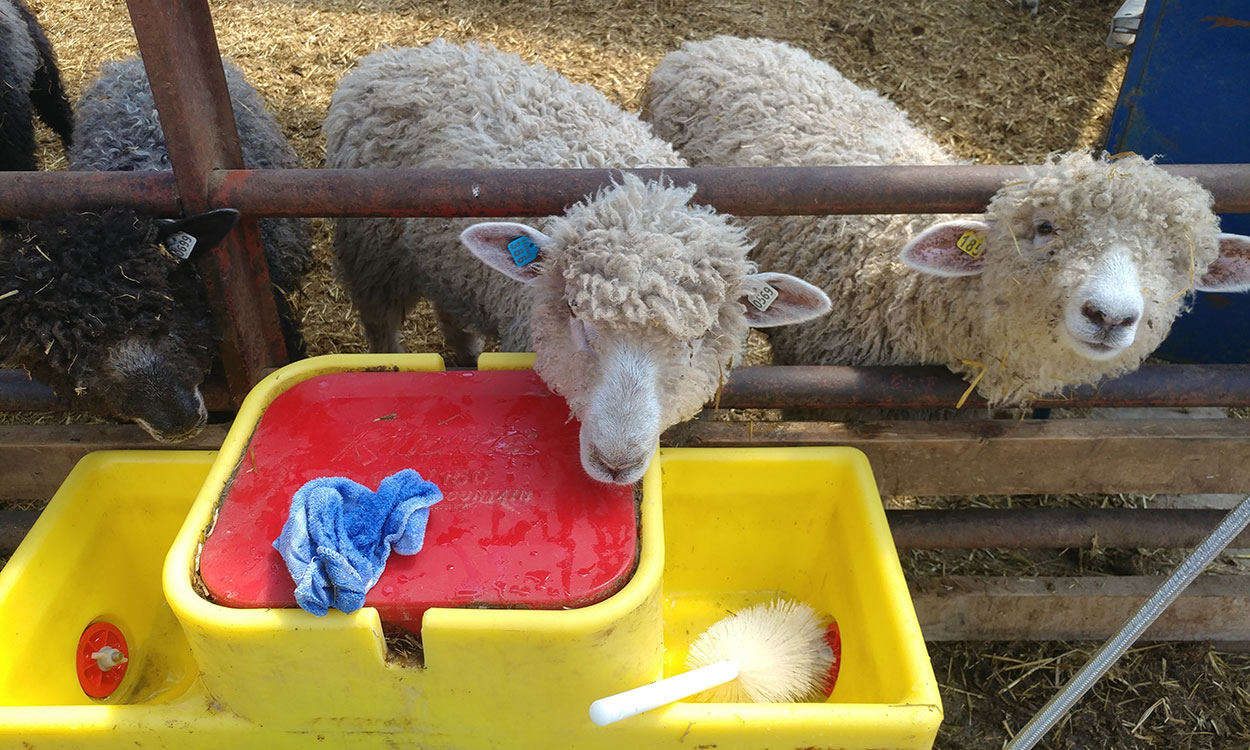
Sheep Water Requirements and Quality Testing
Water intake is critical for ensuring flock health, performance and heat stress mitigation. Learn some key considerations for water quality and intake requirements.
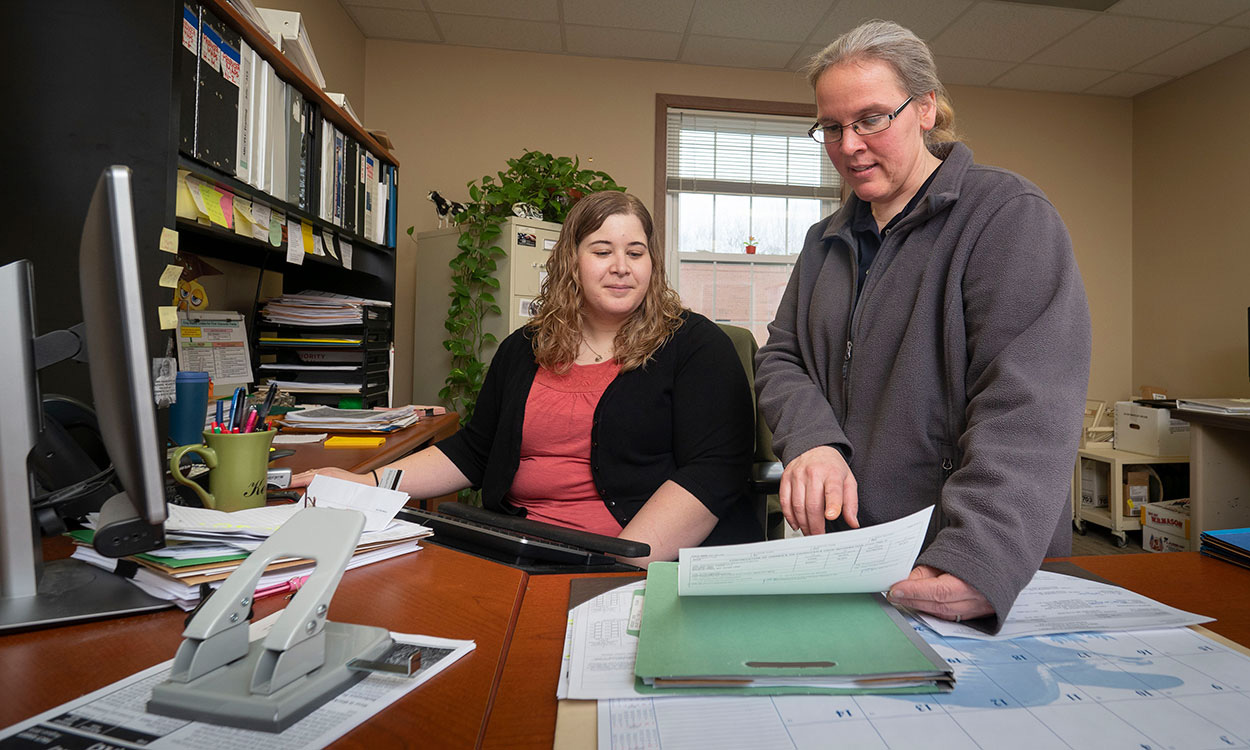
Farm’s Target for Working Capital
Working capital provides a first line of defense for financial stress and an opportunity to take advantage of bargains that may arise. Learn how to calculate it and determine strategic targets for your operation.
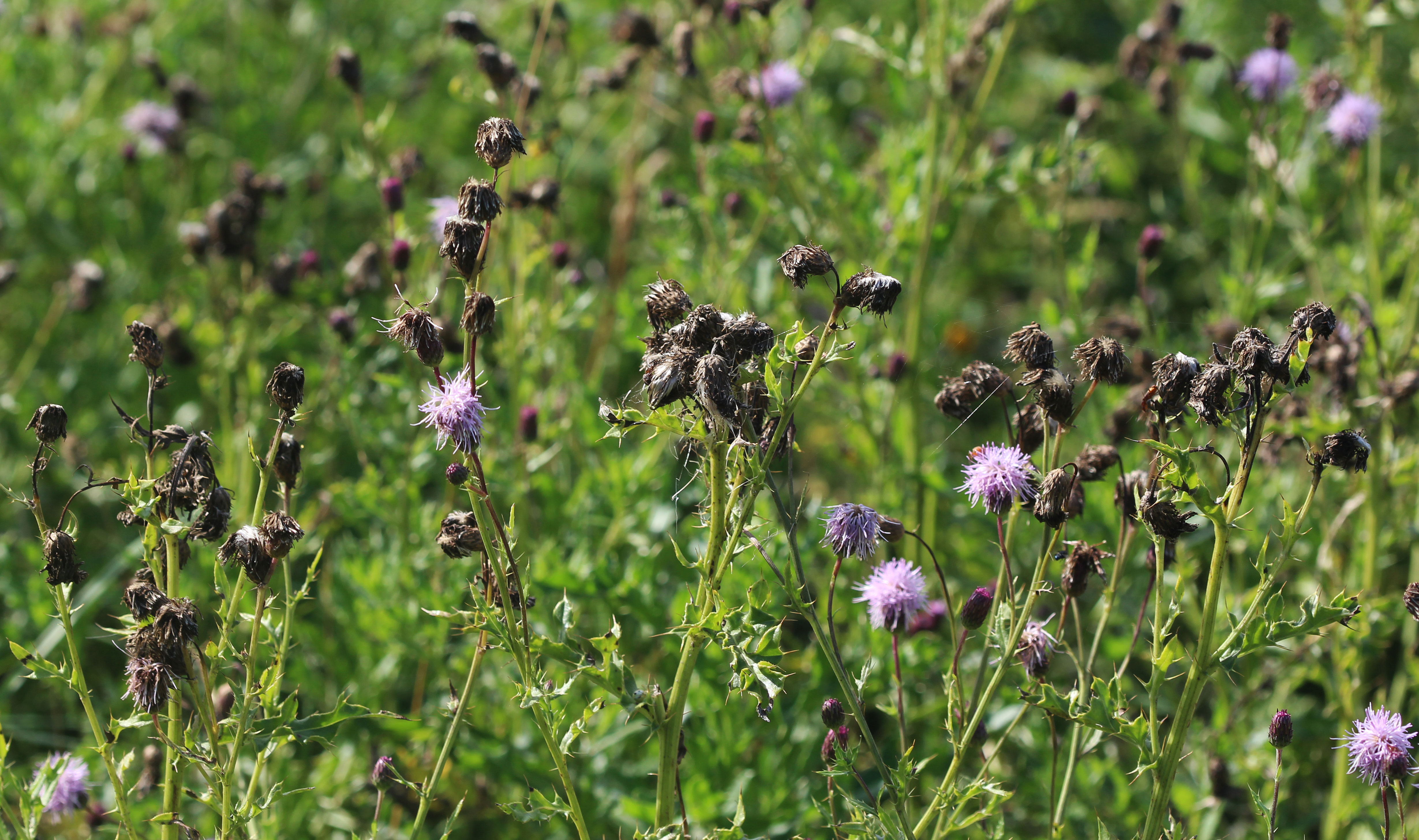
Noxious Weeds of South Dakota
Pictorial reference guide of noxious weeds in South Dakota
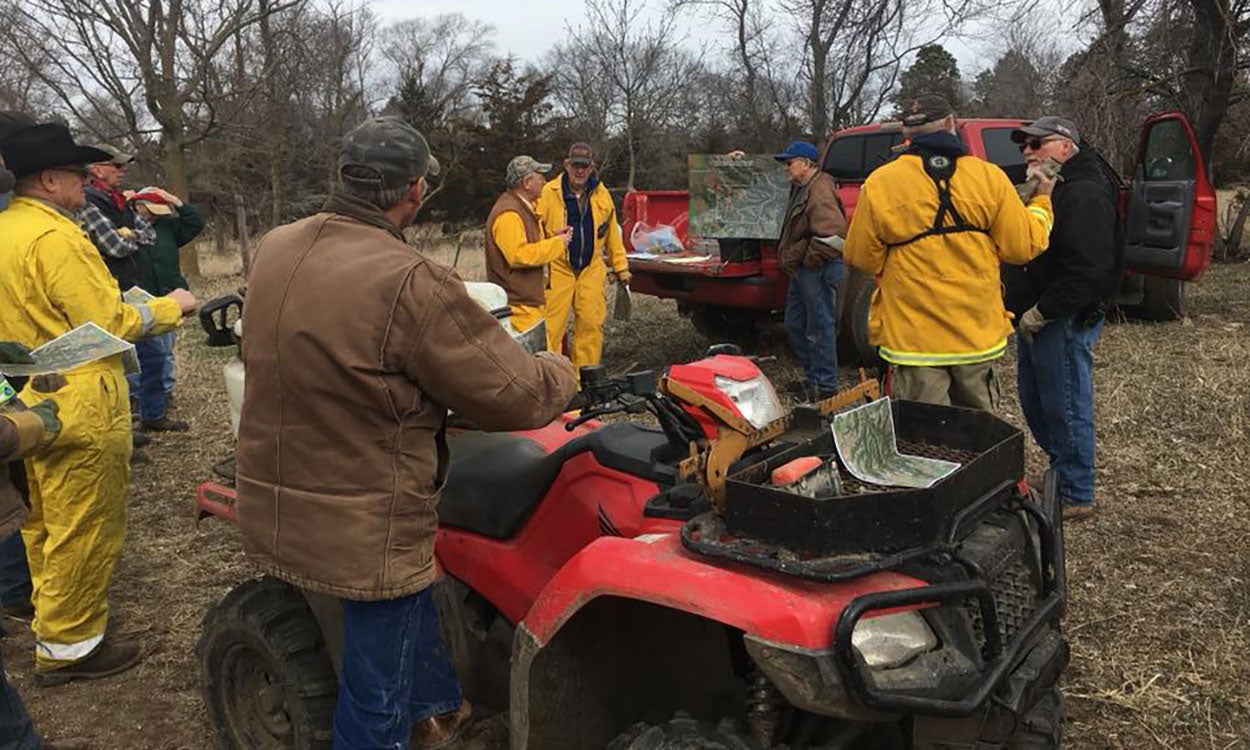
Range Roundup: Partnership Between Absentee Landowner and Rancher Allows for Pasture Renovation
Properly maintained pastures require ongoing, cooperative and mutually beneficial processes planned by landowners and renters, especially if the owners are absentee. Learn some key considerations for starting the process.
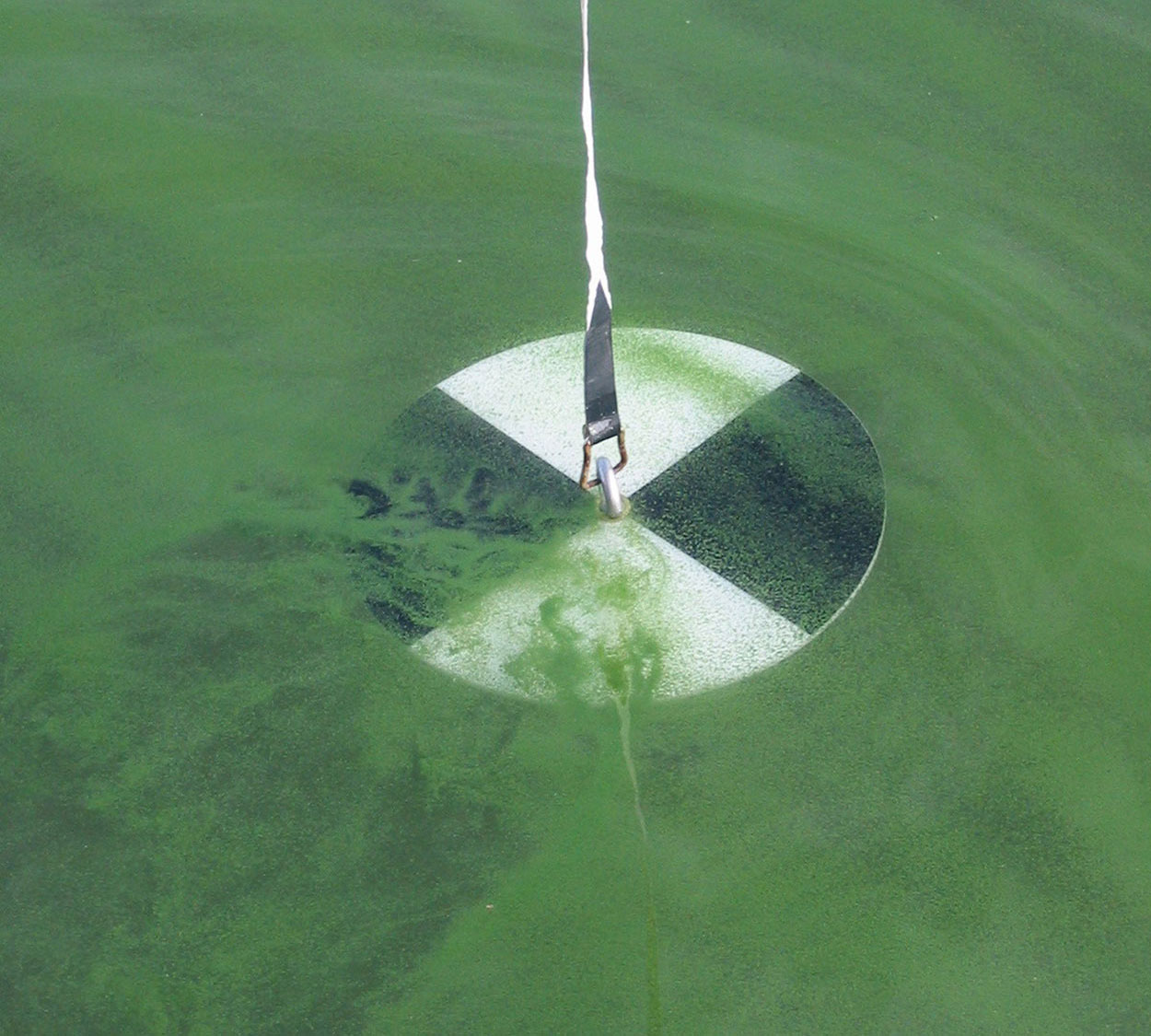
The Trophic State Index
The Trophic State Index is a means for lake professionals and volunteers alike to numerically measure the productivity of a natural lake or man-made reservoir. Learn how it's used in South Dakota to survey the condition of our water resources.

South Dakota Water and Community Symposium to be Held July 26
July 22, 2022
SDSU Extension will host a one-day South Dakota Water and Community Symposium on Tuesday, July 26 from 9:30 a.m. – 2:30 p.m. CDT at the Raven Precision Agriculture Center on the South Dakota State University campus in Brookings.
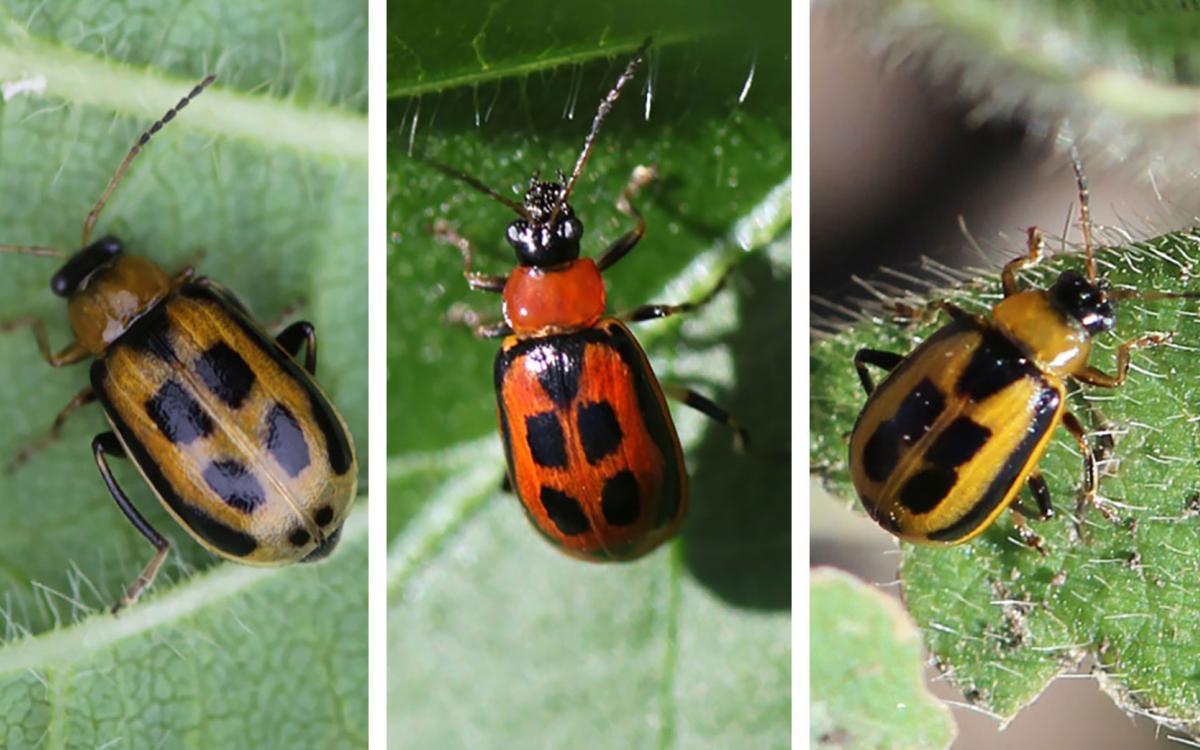
Bean Leaf Beetles Showing Up in Soybean
Despite the prediction of low overwintering survival we have observed bean leaf beetles in soybean this week. See our latest observations and management recommendations.
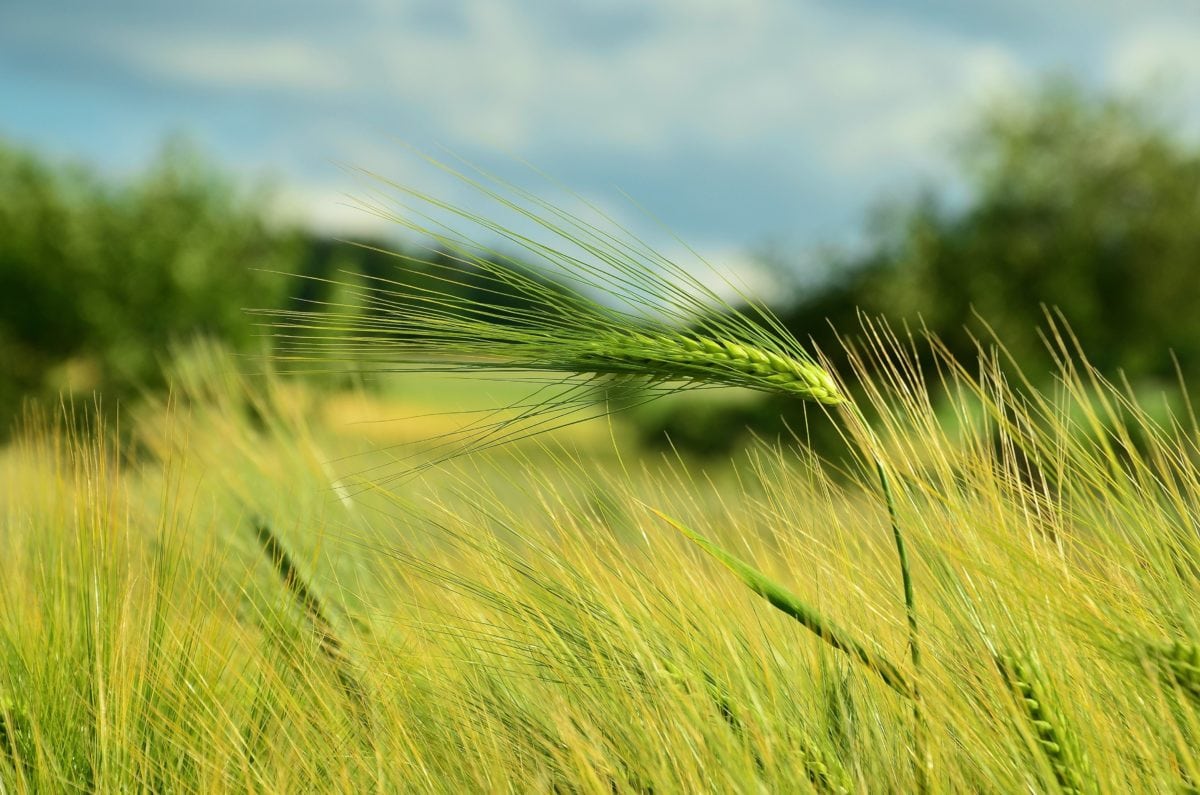
Wheat Seed Testing, Pure Live Seed, and Seeding Rates
To legally sell wheat seed in South Dakota, a standard test—following Association of Official Seed Analysts (AOSA) seed testing protocols, for germination, purity, and noxious weeds—is required. This standard analysis, plus a seed count provides information needed to determine the seeding rate.